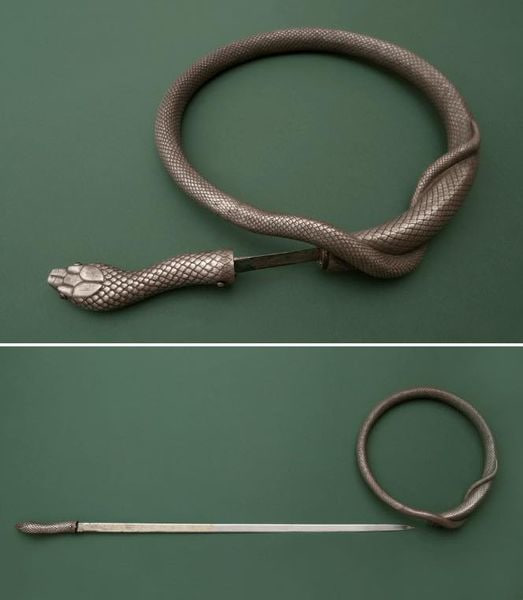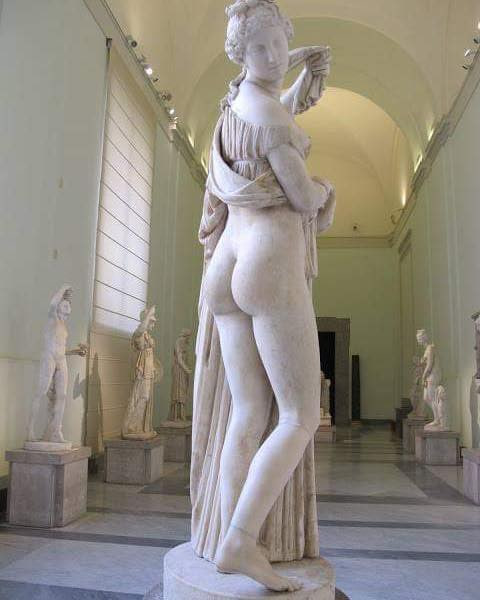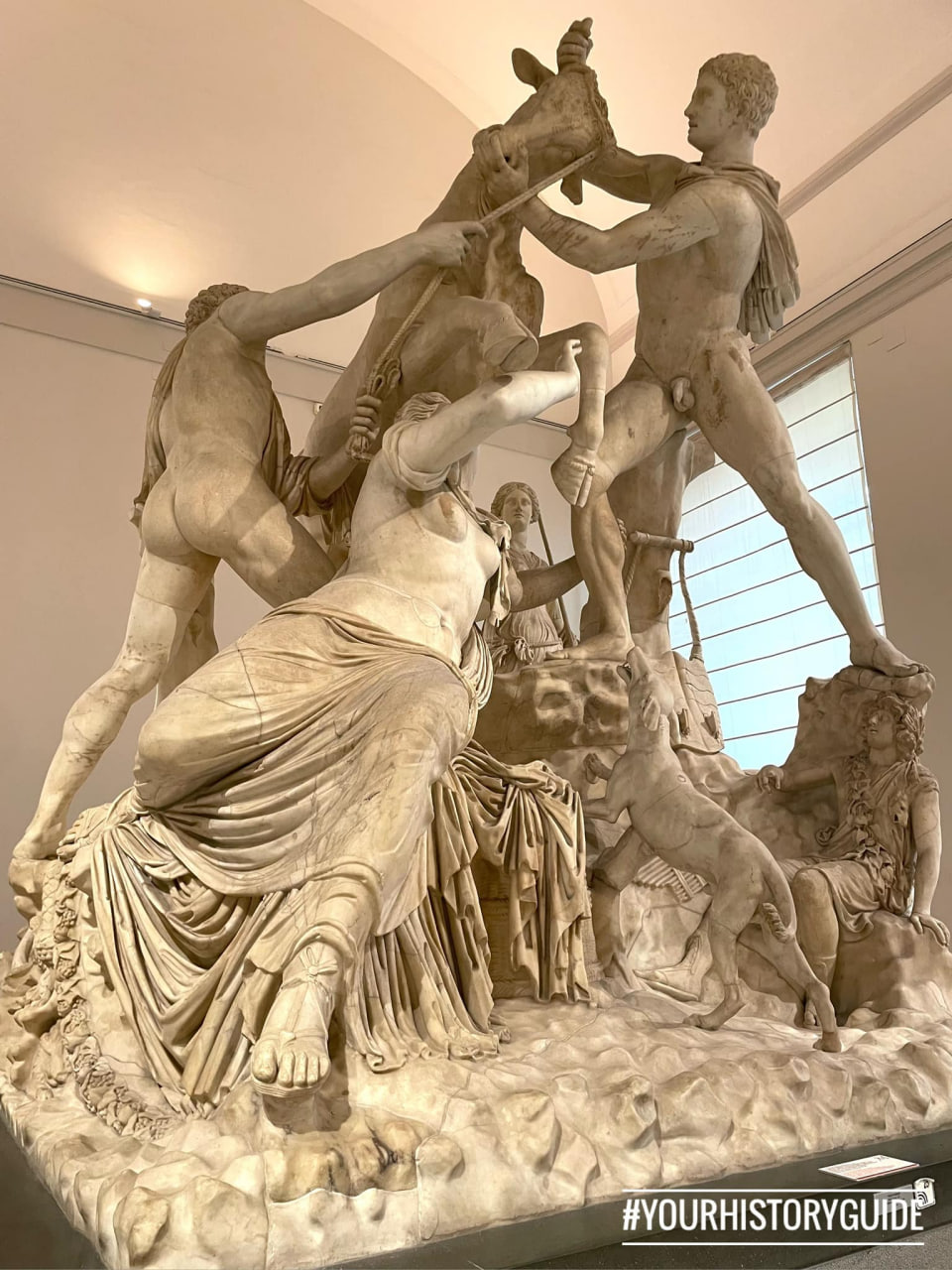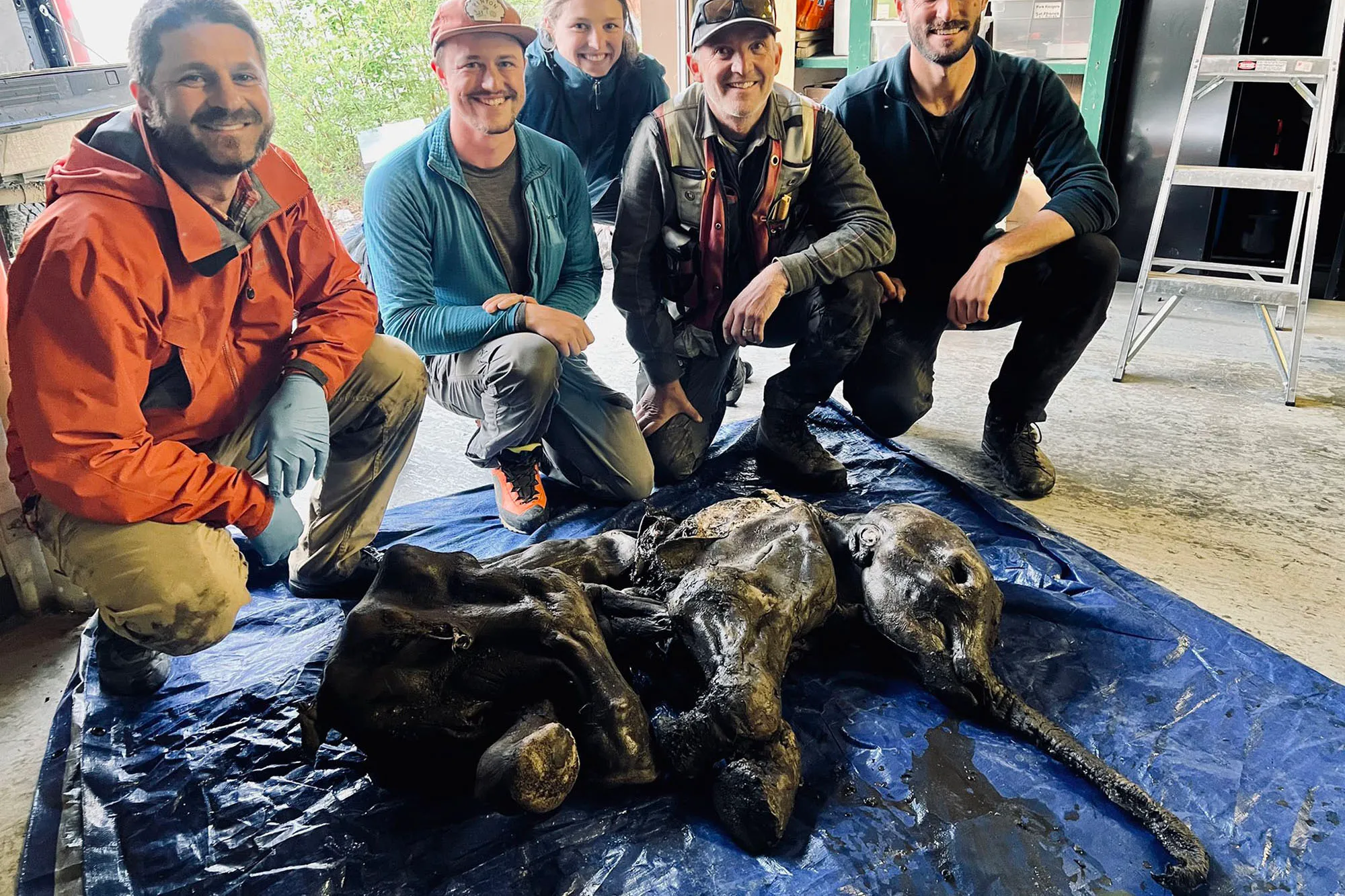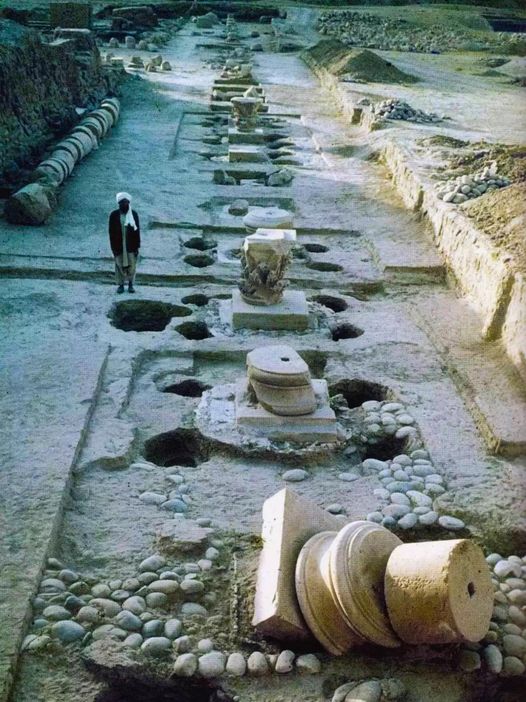In the depths of the Gulf of Abukir, off the coast of Alexandria, lies a submerged city shrouded in mystery and intrigue—the sunken city of Heraclion.
Unveiling an Ancient Treasure
In the depths of the Gulf of Abukir, off the coast of Alexandria, lies a submerged city shrouded in mystery and intrigue—the sunken city of Heraclion. Among its treasures lies a remarkable statue, crafted from granite gray, portraying the legendary Queen Arsinoe II. This extraordinary artifact, dating back to the Ptolemaic era in Egypt, offers a tantalizing glimpse into the opulence and sophistication of ancient civilization. Rescued from the depths in 2000, this statue now resides in the BA Antiquities Museum, where it continues to captivate visitors with its beauty and historical significance.

The statue of Queen Arsinoe II of granite gray
The Legacy of Queen Arsinoe II: A Symbol of Power and Beauty
Queen Arsinoe II, renowned for her beauty and intelligence, played a pivotal role in the tumultuous politics of ancient Egypt. As the wife of Ptolemy II and later his sister-wife, Arsinoe II wielded considerable influence and power, cementing her place in history as one of the most influential queens of the Ptolemaic dynasty. The statue, crafted in her likeness, depicts her in all her regal splendor, wearing a transparent naked robe—a symbol of her perfection and softness. Through this exquisite work of art, we glimpse not only the physical beauty of Queen Arsinoe II but also the aura of authority and grace that defined her reign.

From the Depths of the Sea: The Discovery of Heraclion
The sunken city of Heraclion, also known as Thonis-Heracleion, lay hidden beneath the waves for centuries, its existence relegated to the realm of myth and legend. It wasn’t until 2000 that the city’s submerged monuments were rediscovered, offering a treasure trove of archaeological wonders. Among the artifacts recovered from Heraclion’s watery depths was the statue of Queen Arsinoe II, a testament to the city’s former glory and its role as a bustling port and center of trade in ancient Egypt. The discovery of Heraclion has shed new light on the maritime history of the region, revealing the intricate connections between Egypt and the wider Mediterranean world.

Preserving the Past: The Role of Museums in Safeguarding History
The BA Antiquities Museum serves as a custodian of Egypt’s rich cultural heritage, housing a vast collection of artifacts spanning millennia of history. The statue of Queen Arsinoe II occupies a place of honor within the museum’s halls, where it serves as a tangible link to Egypt’s illustrious past. Through meticulous conservation efforts, museum staff work tirelessly to ensure that these precious relics are preserved for future generations to study and appreciate. By showcasing artifacts like the statue of Queen Arsinoe II, museums play a vital role in educating the public about the ancient world and fostering a deeper understanding of our shared human history.

Conclusion: Echoes of the Past
As we marvel at the statue of Queen Arsinoe II and the sunken city of Heraclion, we are reminded of the enduring allure of ancient history and the importance of preserving our cultural heritage. These artifacts offer us a window into the lives and achievements of those who came before us, enriching our understanding of the past and inspiring us to explore the mysteries of antiquity. As we continue to unearth ancient treasures from the depths of the sea and the sands of time, let us honor the legacy of our ancestors and ensure that their stories are preserved for generations to come.

The statue of Queen Arsinoe II of granite gray


